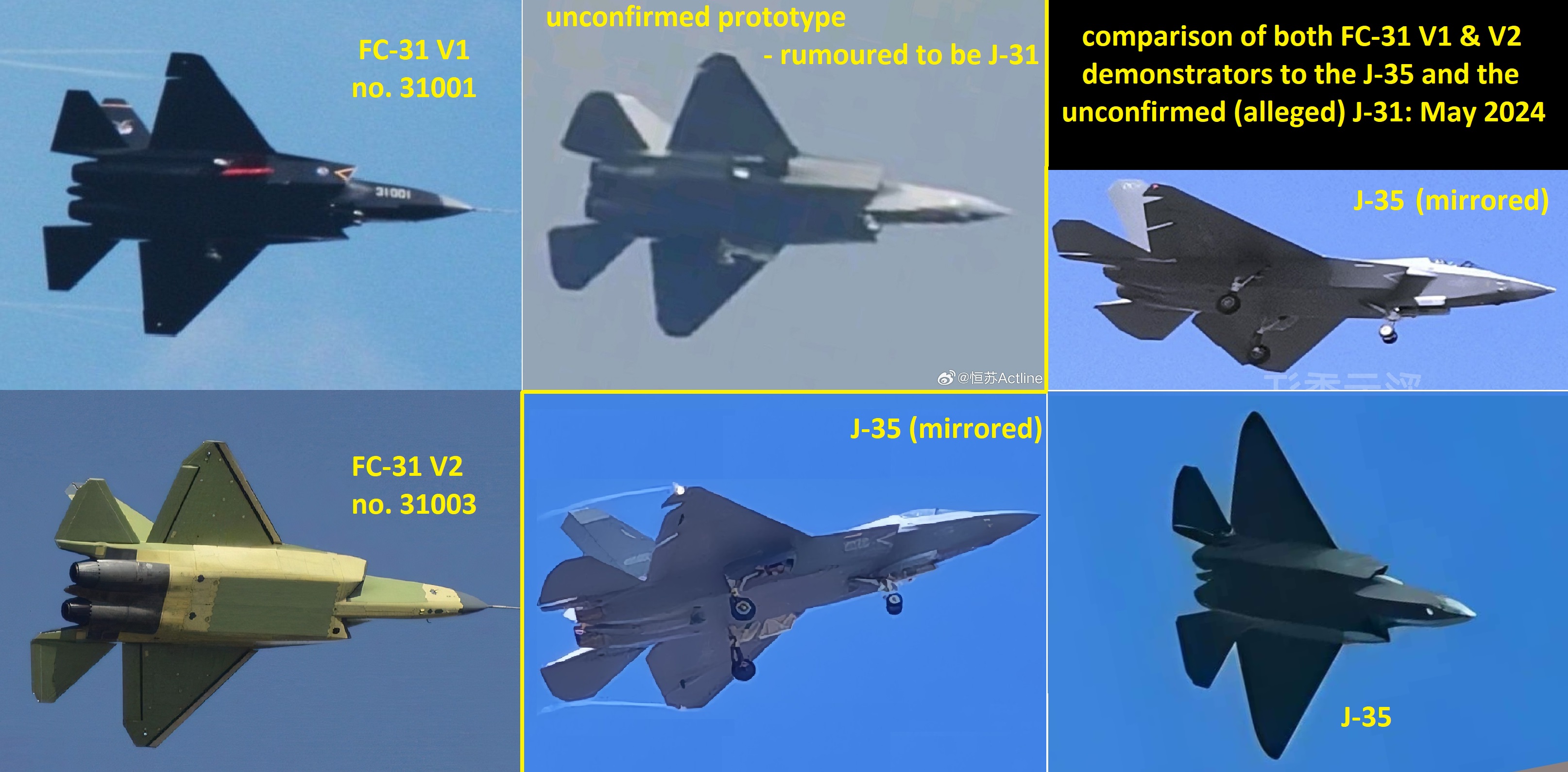In just four years, China's defense industry has impressively built and launched ten advanced Type 055 destroyers, each equipped with 112 vertical launch cells for anti-ship or anti-aircraft missiles. The first of these destroyers was launched in January 2020, with the eighth following by April 2023, averaging 2-3 destroyers per year.
This rapid production pace has not hindered the construction of other naval vessels, such as the Type 054 frigates, which are being built concurrently in shipyards in Shanghai and Guangzhou.
PLAAN's Versatile Asset
The Type 055, a class of guided missile destroyers developed for the People’s Liberation Army Navy (PLAN), is among the largest and most advanced surface combatants globally. Designed for air defense, anti-submarine warfare, and surface warfare, it is a versatile addition to the PLAN's fleet.
Technical Specifications
The Type 055 measures approximately 180 meters (590 feet) in length, 20 meters (66 feet) in beam, and has a draft of around 6.6 meters (22 feet), making it significantly larger than many contemporary destroyers. Its combined gas and gas (COGAG) propulsion system includes four QC-280 gas turbines, each generating 28 megawatts, enabling speeds up to 30 knots.
Advanced Features
The destroyer features a stealthy design with a smooth superstructure to minimize radar cross-section, an integrated mast housing various sensors and communication systems, and a hull optimized for hydrodynamic performance. It is equipped with advanced electronic systems, including the Type 346B AESA radar for air and surface search, the Type 518 L-band radar for long-range surveillance, and the H/LJG-346A sonar for anti-submarine warfare.
Extensive Armament
The Type 055's extensive armament includes a 130mm H/PJ-38 main gun, 112 vertical launch system (VLS) cells for firing HHQ-9 surface-to-air missiles, YJ-18 anti-ship missiles, and CJ-10 land-attack cruise missiles. It also features torpedo launchers, close-in weapon systems (CIWS) for point defense, and anti-submarine rockets, making it a well-rounded combat platform.




